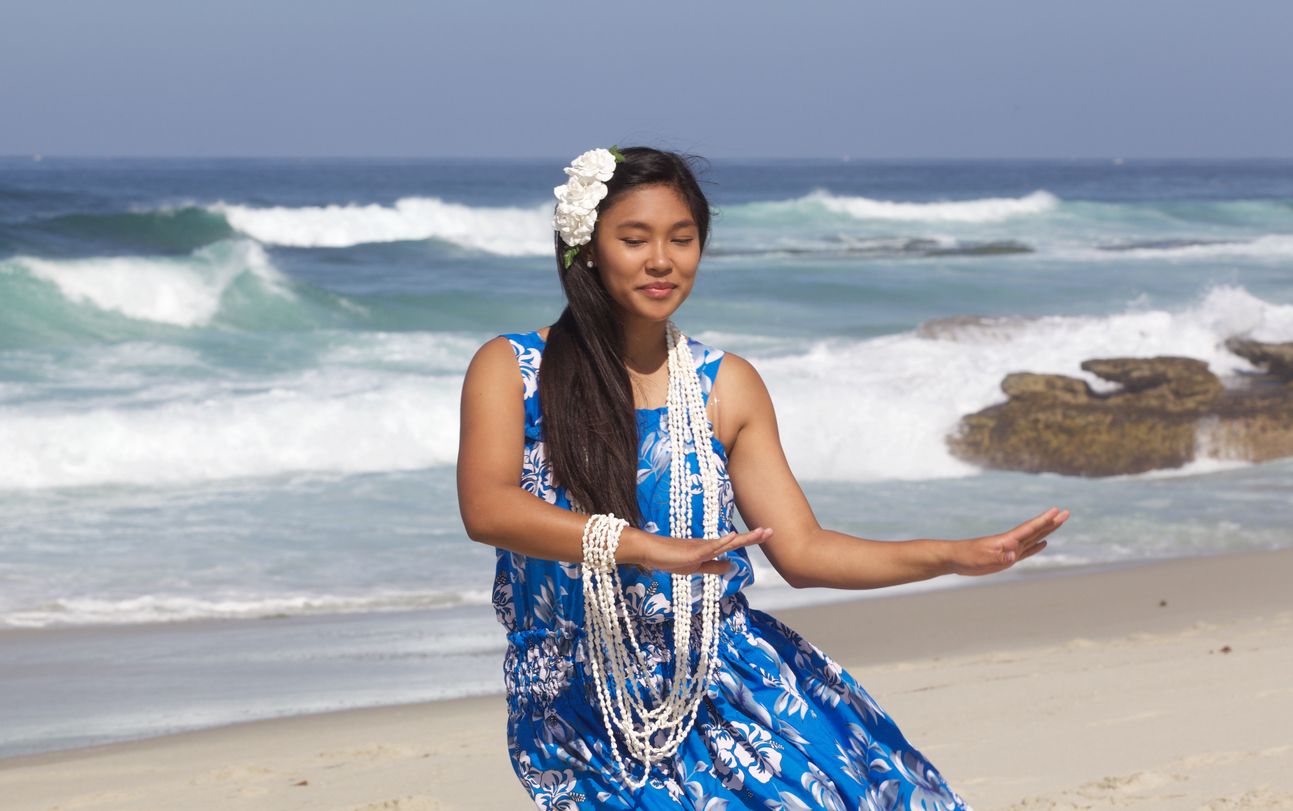Monoï de Tahiti, a controlled designation of origin
Monoï, this fragrant and "sacred" oil, is very popular with the ladies. Monoï comes from Mono'i in Tahitian, Manogi in Paumotu and Pani in Marquesan. This oil is a beauty product obtained by macerating Tiaré flower in coprah oil (refined coconut oil). It is a traditional product of the islands of French Polynesia.
Monoï de Tahiti, the appellation of origin
Monoi oil is very popular in Europe thanks to its multiple benefits. It is mainly used as a tanning oil, to prevent skin dehydration in the sun. However, it does not protect the skin against ultraviolet rays (UVA and UVB). In Polynesia, on the other hand, it is mainly used as a massage oil, for its nourishing properties for skin and hair.
For years, Monoï de Tahiti ® has been widely misappropriated and copied. Since the 60s, to protect themselves against counterfeiting, Tahitian producers have decided to add a Tiaré flower to their bottles of Monoï oil, so that customers can be sure of its origin and authenticity. In fact, this flower is endemic to this small island. The practice has remained, but today there are regulations in place to protect Monoï de Tahiti.
Monoï de Tahiti regulations
It took stacks of files before finally, in April 1992, following decree 92-340, Monoï de Tahiti was recognized as part of the "Monoï de Tahiti Appellation d'Origine". This decree stipulates that "Monoï from Tahiti is an oil derived from the maceration of Tiaré flowers in Refined Copra (coconut extract harvested in French Polynesia at the ripe nut stage) on coral soils. These nuts come from the "Cocos nuciferia" coconut palm and "Gardenia tahitensis" Tiaré flowers of Polynesian origin, harvested at the bud stage. A Monoï de Tahiti AO (Appellation d'Origine) is therefore a true Monoï de Tahiti.

The properties of real Monoï
Since the dawn of time, the vahinés have been the embodiment of natural, powerful sun-kissed beauty. Monoï de Tahiti is their secret, whether used as a serum, repair balm or oil. Monoï is extremely effective as a repairing treatment. It nourishes and protects hair and skin. It provides effective protection against extreme conditions such as tropical rain or the Pacific sun.
A battery of in-vivo tests proved the beautifying properties of Monoï de Tahiti on hair. Monoï was also compared with many other leading beauty and hair care oils. It was evaluated on five different criteria and found that Monoï de Tahiti considerably improves hair quality. This also applies to its repairing properties. In terms of shine, its results are far superior to those of macadamia oil. It's also better than shea butter.
How to recognize genuine Monoï de Tahiti?
"Monoï de Tahiti" is a protected appellation of origin. However, the word "Monoï" alone is not. This leaves the door wide open to abuse. If it doesn't say "Monoï de Tahiti" on the label, or on the bottle, it's pretty suspicious. If your product doesn't contain cocos nuciféria and gardenia tahitensis (or taitensis), it's not real Monoï de Tahiti.
You should also know that "Monoï 100% huile végétale" does not mean "Monoï de Tahiti". AO stands for Appellation d'Origine. If your Monoï contains the word "Bio", it's not a Monoï de Tahiti either, and it's probably a fake, as Monoï Bio doesn't yet exist. "Monoï oil" does not necessarily mean "Monoï de Tahiti".
The Monoï Institute
The Monoï Institute was founded in 1992 by the main Monoï producers. The institute brings together all specialists in plant resources from Tahiti and its islands. Its mission is to develop and perpetuate knowledge about Monoï. The aim is to inspire new formulations for beauty and well-being rituals that draw their source from Rau Tahiti. The Monoï Institute has a technical committee, which was set up in 2006. This committee brings together scientists and professionals from the cosmetics industry who support the institute in its many tasks:
- analytical knowledge of Tiaré de Tahiti
- product compliance with international standards
- product development and research.

 en
en 





